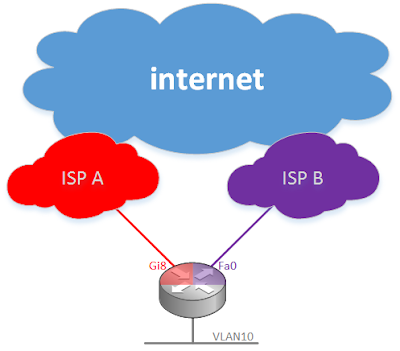Backing up configs with the Ansible NCLU module
With the release of Ansible 2.3 the Cumulus Linux NCLU module is now part of Ansible core. This means when you `apt-get install ansible`, you get the NCLU module pre-installed! This blog post will focus on using the NCLU module to backup and restore configs on Cumulus Linux. To read more about the NCLU module from its creator, Barry Peddycord, click here.
The consulting team uses Ansible very frequently when helping customers fully automate their data centers. A lot of our playbooks use the Ansible template module because it is very efficient and idempotent, and Cumulus Linux has been built with very robust reload capabilities for both networking and Quagga/FRR. This reload capability allows the box to perform a diff on either `etc/network/interfaces` or `etc/quagga/Quagga.conf` so when a flat-file is overridden with the template module, only the “diff” (or difference) is applied. This means if swp1-10 were already working and we added configuration for swp11-20, an ifreload will only add the additional config and be non-disruptive for swp1-10. This reload capability is imperative to data centers and our customers couldn’t live without it.
However, many customers also want to build configs with NCLU (or the net commands) when Continue reading
 Dell EMC’s VxRail HCI appliance is a “half a billion-dollar business.”
Dell EMC’s VxRail HCI appliance is a “half a billion-dollar business.” The trials include vRAN and virtualized core components from Ericsson and Samsung.
The trials include vRAN and virtualized core components from Ericsson and Samsung.
 Adtran likens the alliance to Apple's app store ecosystem.
Adtran likens the alliance to Apple's app store ecosystem.